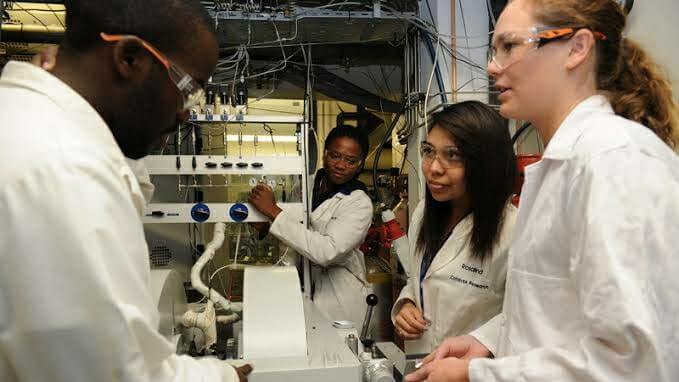Carbohydrates Chemistry: Reactions, Structure, and Types
Discover the complex world of carbohydrates, essential molecules composed of Carbon, Hydrogen, and Oxygen. From sugars and starch to cellulose, these saccharides play a crucial role in nutrition and are found in a myriad of foods. In this comprehensive guide, we delve into the biochemistry of carbohydrates and explore the various reactions they undergo.
Understanding Carbohydrate Structure
Carbohydrates adhere to the formula (CH2O)n, featuring a distinctive aldehyde or ketone functional group. However, exceptions exist, showcasing the diverse nature of these vital compounds.
Types of Saccharides
Explore the four types of saccharides –
- Monosaccharides,
- Disaccharides,
- Oligosaccharides, and
- Polysaccharides
– each distinguished by the number of monomers they contain.
Versatility in Reactions
Uncover the versatility of carbohydrates through a spectrum of reactions:
- Alkylation:
Carbohydrates engage in SN2 reactions, producing ethers with alkylating agents like diazomethane and alkyl iodide, as well as benzyl halides for benzylation. - Acylation:
Nucleophilic acyl substitution reactions occur as the -OH group reacts with acylating agents such as acyl anhydrides or acyl halides, resulting in the formation of esters. - Reduction:
Nucleophilic addition reactions lead to the reduction of the C=O group to alcohols by sodium borohydride, producing alditols. Aldehydes yield primary alcohols, while ketoses form secondary alcohols. - Oxidation:
Carbohydrates readily undergo oxidation, generating carboxylic acids and earning the designation of reducing sugars. Aldehydes are more easily oxidized, while ketones require tautomerization to an aldose before oxidation. - Hydrolysis:
Carbohydrates undergo hydrolysis, producing 𝜶 and 𝜷 isomers as the -OR bond at the anomeric carbon hydrolyzes, forming a -OH bond. - Glycoside Formation:
Through condensation, carbohydrates form glycosides as the anomeric hydroxyl group reacts with another carbohydrate’s hydroxyl group, eliminating a water molecule.
Conclusion
This comprehensive article provide information on the biochemistry of carbohydrates and their diverse reactions. From their fundamental structure to the intricacies of alkylation, acylation, reduction, oxidation, hydrolysis, and glycoside formation, carbohydrates prove to be a fascinating and versatile group of molecules essential to our understanding of nutrition and biochemistry.
Readers are encouraged to independently verify and confirm any information provided here, especially if it pertains to their health or well-being. The website, author, and publisher disclaim any responsibility for any adverse effects or consequences resulting from the use of the information presented in this article.




